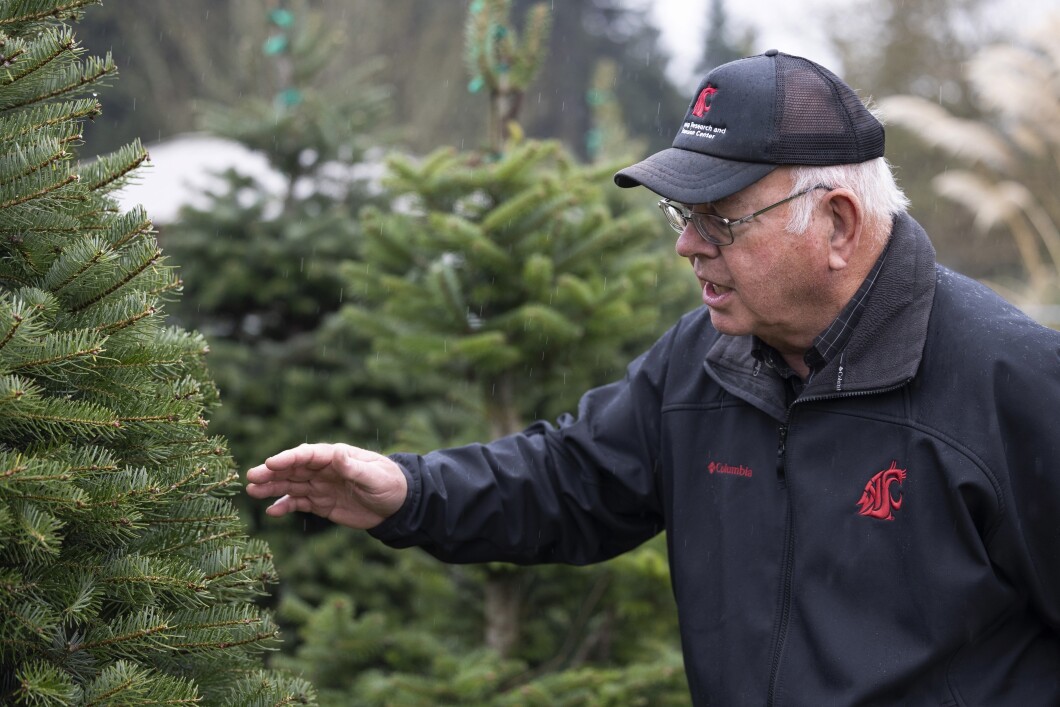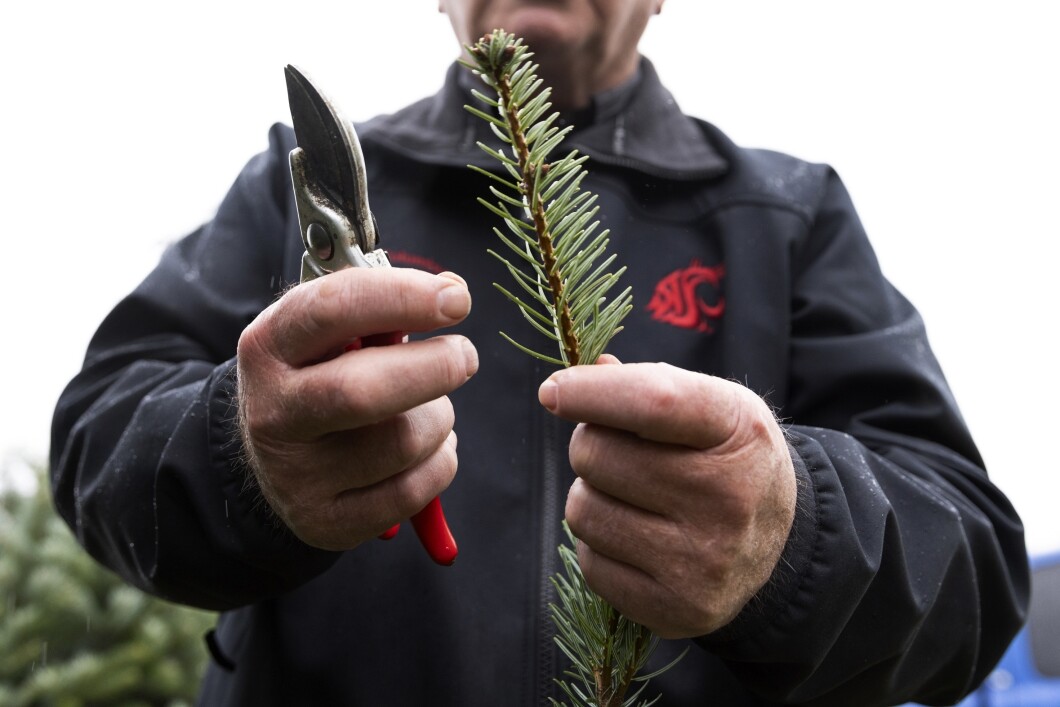
As the climate warms, Christmas tree farms are being forced to change their methods as the environment is growing less and less accommodating.
Gary Chastagner, dubbed “Dr. Christmas Tree,” has spent his 44‑year career traveling the world, studying the decorative conifers. He is now testing promising species that can stand up to a rapidly changing climate.
SPIDERHACK: WHAT WE LEARNED FROM THE SONY INSOMNIAC LEAK
“I want to find trees that don’t need the cold,” the Washington State University scientist said.
About 40% of America’s Christmas trees come from the Pacific Northwest, according to WSU. Oregon is the No. 1 producer of Christmas trees in the nation, and Washington is in the top five.

“Our rainfall, mild climate, good soils, and longer growing season are ideal for high-quality trees,” Chastagner said. “Growers can produce trees in a shorter rotation, which helps cover the cost to ship them beyond the western U.S.”
And yet, the region’s heat domes, dry summers, and warm falls of the past few years could reflect seasons to come. In order to safeguard this important Pacific Northwest crop, Chastanger and his research team are cultivating more choices from far-away regions for high-quality trees.

“Things are going to change — they’re already changing,” Chastagner said. “Christmas trees aren’t irrigated. Growers are losing young seedlings in the summer because of these hotter, drier conditions.”
Elsewhere, a changing climate could bring more rain, worsening Phytophthora root rot, a devastating soilborne disease that sucks moisture away from saplings, causing needles to dry and killing young trees before they have had a fighting chance.
Currently, growers import seeds of new species of trees, such as Nordmann, Turkish, and Trojan firs. These pose their own risk, with the larvae of a “small wasp called Megastigmus” sometimes infesting seeds. At any sign of larvae, inspectors must destroy entire shipments.
But Chastagner and postdoctoral researcher Thomas Whitney have found that carefully heating seeds to 113 degrees for an extended period kills the wasp larvae without harming the seeds. It’s an inexpensive way to ensure the supply of new, top-quality varieties.
CLICK HERE TO READ MORE FROM THE WASHINGTON EXAMINER
Chastagner also sees promising signs from commercial plantings in the Sierra Nevada and elsewhere, he said.
“Growers say these Eurasian species are more tolerant of warmer, drier conditions,” he said. “We think they will stand up to hotter summers, and they have good resistance to Phytophthora root rot and other common diseases and pests. Consumers already love them.”






